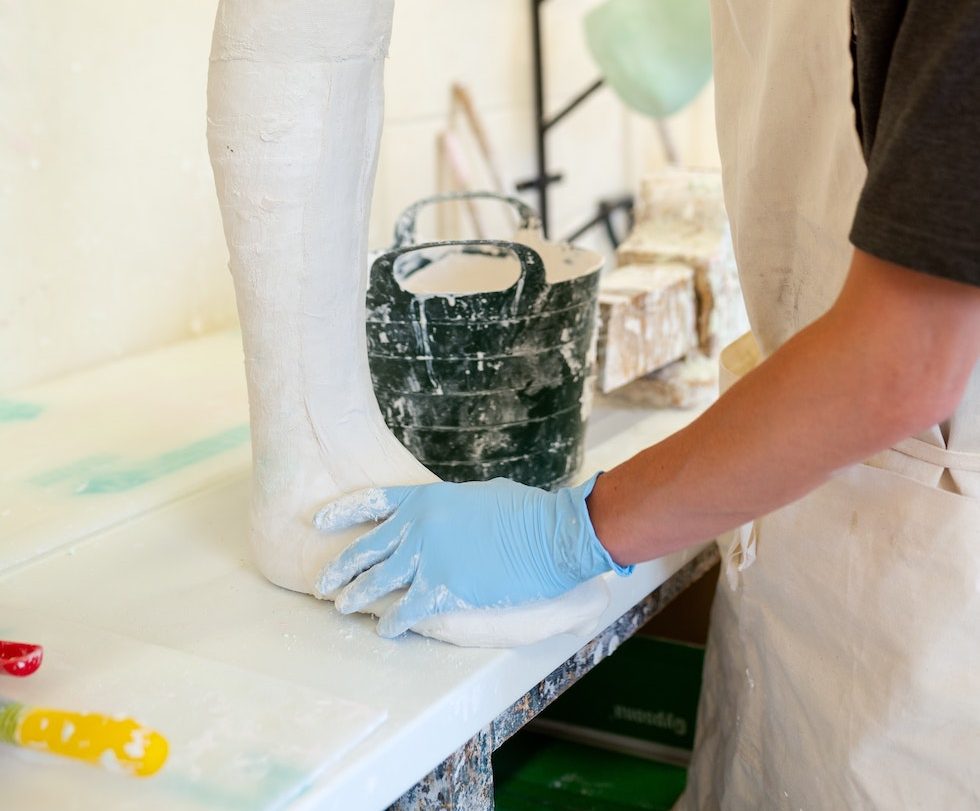
Tackling falls and fractures in older adults
Read more
Book Case

Travelling by car can be tricky for those people living with mobility problems. If your parents have joint, balance, strength or other mobility problems then travelling by car can be challenging for drivers or passengers. These helpful tips can make car journeys easier for everyone.
Travelling by car can be uncomfortable for anyone with restricted mobility. Just getting in and out can be a problem even before trying to find a comfortable position. However, with the right car mobility aids, these challenges can be reduced. The following tips might help to make life easier for you and yours – depending on the specific challenges being addressed.
When you are getting in and out of the car it is essential to work out the safest place to put your hands to provide support. Instead of balancing on a walking frame, you could use the frame of the car, or roof-mounted grab handles. Try not to use a frame to get into and out of the car as the surface may be unstable.
You might find it helpful to buy a portable car grab handle. Priced around £10-15 and available from suppliers including Amazon, these lightweight gadgets can be stored in the glove compartment or door pocket and used when needed. Sometimes called bunny handles, or car cane mobility aid, they provide a solid and secure hand hold. They are designed to slot securely into the door closure u-hook without damaging the body work. You can see them demonstrated on Youtube – search for mobility aids and car grab handles.
It is also helpful to get into the car bottom first. This helps keep both feet on the floor until you’re sitting down and means you’re less likely to stumble or fall. You can sit on a plastic bag to help you swivel around and into a comfortable position. Alternatively, you can buy a swivel cushion, a practical mobility aid for cars. Both the bag and the cushions act like a turntable. The bag can easily be removed once you are sitting. The cushions are harder to remove and so if you want extra padding you might need to pay more. They come in a wide range of styles and are priced £10-£40. These are also demonstrated on Youtube – search for mobility aids and swivel cushions.
Mobility aids called leg lifters can help get legs over the sill of the car. You can buy these lifters at shops selling disability aids, they come in all shapes and sizes and cost £3-£10. Search online for “disability aids, leg lifters”. However, if you don’t have one, a dressing gown cord, or something like a yoga strap, is just as good.
The height of the car is also a key consideration for those with mobility problems. If a car is too high, using a step could help – but make sure it’s on a flat surface and be mindful of weather conditions. If a car is low, then park on a flat surface and use the ‘bottom first’ technique. Don’t park by a curb as it will make the situation worse. These strategies can turn out to be effective mobility aids for getting in and out of cars.
Move the seat back as far as it will go to create more space. This is particularly useful for people with knee issues, or with prosthetic limbs. Take time to adjust the seat belts so they are in the best position for comfort and safety. Drivers should also adjust the steering column to the best position.
Drivers should store any walking sticks in the back seating area, so they don’t interfere with the pedals.
If you’re using the car boot to transport a wheelchair or walking frame, then consider dismantling it to make it easier and put a blanket down to create a smoother surface which can make it easier to slide equipment in and out. You can also drape it over the tailgate area to avoid scratching the paintwork. This simple tip can turn everyday items into effective mobility aids for cars.
Think ahead and choose a spot which will make it as easy as possible to get in and out of the car. Make sure there is enough room to open the door fully so you can get out easily and safely retrieve any mobility aids. Try to park on a level surface, as uneven surfaces, like grass, can make getting in and out more difficult and may be potentially dangerous. Do apply for and use a blue badge. Take full advantage of the privileges and permissions for blue badge owners – and use the disabled parking bays as these are wider and make it much easier to get in and out of the car.
Please note that although blue badges are issued for the person with a mobility problem, they can be used by other drivers if they are transporting the badge holder.
Sign up to our newsletter and get access to all of our helpful tools and resources to support you and your parents on your carenting journey
Did you find this information helpful? Let us know what you think or pass on some advice to other carents by emailing us at [email protected]
Published July 2023